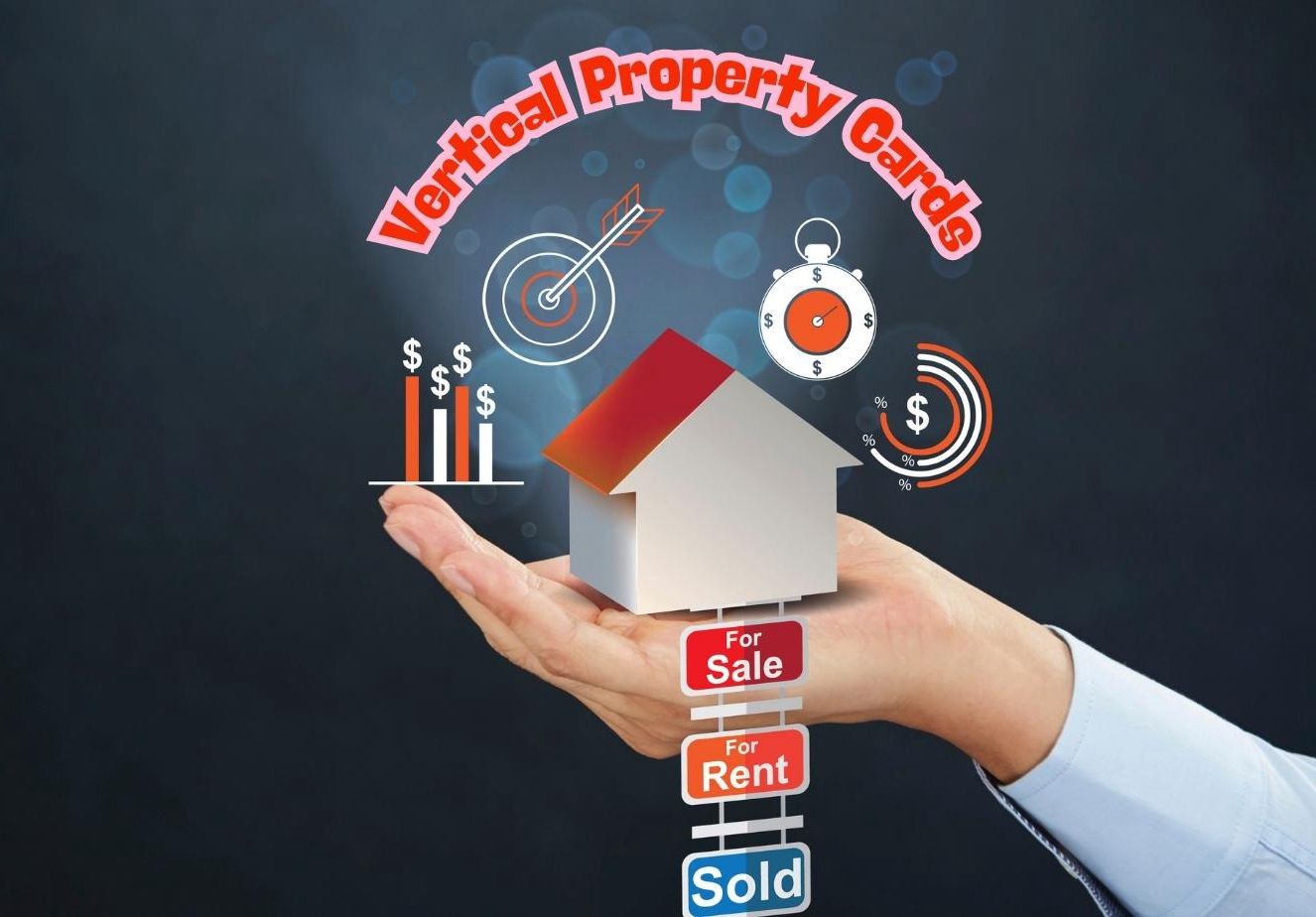Maharashtra is moving to introduce vertical property cards—individual, legally recognized records for each apartment—aimed at clarity on ownership, carpet area, and encumbrances. A high-level panel is drafting rules, with changes to land records (like 7/12) to reflect flat owners’ names. If executed well, this could streamline sales, loans, and dispute resolution.
What vertical property cards mean
Vertical property cards are proposed certificates that record an individual flat’s rights, including measurements and bank encumbrances, rather than only the building’s or plot’s details. The reform promises cleaner documentation, faster financing, and fewer ownership disputes—positioned by the state as a “game-changer” for apartment dwellers if rigorously implemented and maintained.
Policy status and timeline
The Maharashtra government has constituted a high-level committee led by the Additional Chief Secretary (Revenue) to frame rules for issuing these cards statewide. The effort targets transparency in property records and legal proof of each owner’s share in the building’s total land area, setting up operational pathways for roll-out.
Key highlights
Individualized ownership record:
Cards to show carpet area, owner details, and loan encumbrances; designed to reduce documentation ambiguity for apartments and speed bank processing.
Rules and governance:
A state panel is drafting issuance norms, defining data fields, verification workflows, and integration with existing registries for scalable implementation.
Land records update:
Government signals that flat owners’ names will be visible in 7/12 extracts, aligning vertical cards with legacy revenue records for clarity in transactions.
Dispute reduction:
Independent records of rights can deter dual sales, boundary confusion, and society-level conflicts, aiding faster resolution and due diligence.
Market impact:
Cleaner titles may lift buyer confidence, improve liquidity, and lower friction in resale and mortgage markets, especially in dense urban corridors.
Will this be a game-changer?
Yes—if execution matches ambition. The benefits hinge on accurate data capture, reliable updates after transfers or loans, and seamless integration with registries (7/12, RERA, municipal tax). A digital-first workflow, audit trails, and bank API links would unlock faster loans and safer transactions, turning apartments into transparently tradable assets.
What flat owners should do next
Audit documents: Ensure agreement, carpet area, and encumbrance data are consistent for future card issuance.
Track notifications: Watch for state circulars and local office guidance on application and verification.
Prepare for digitization: Keep e-records ready; authenticate identity and ownership to expedite card processing.
Sources: Goel Ganga Developments, Hindustan Times, Pratahkal
